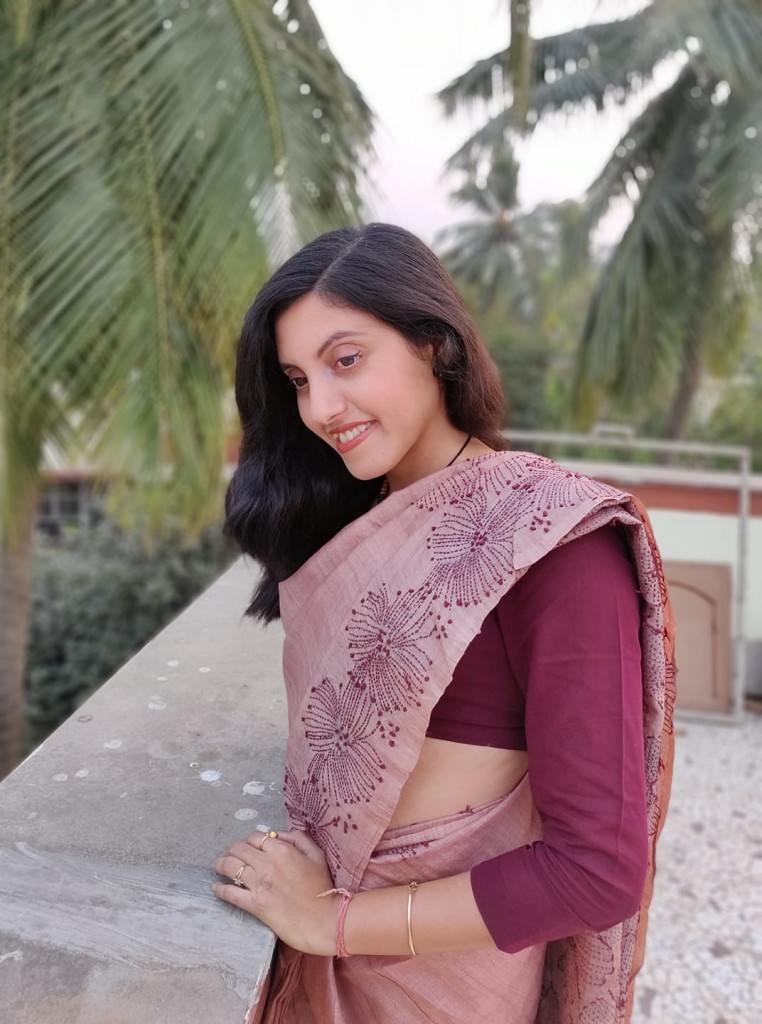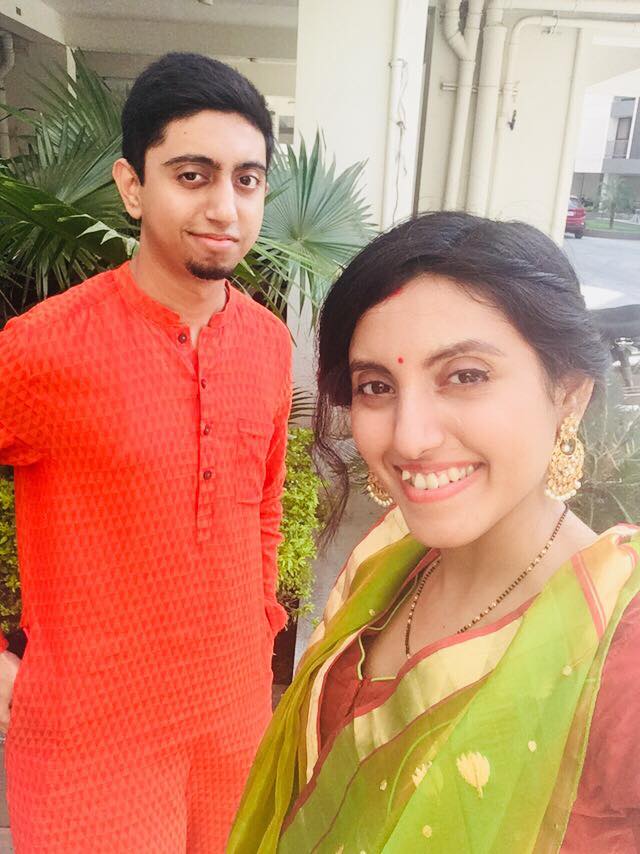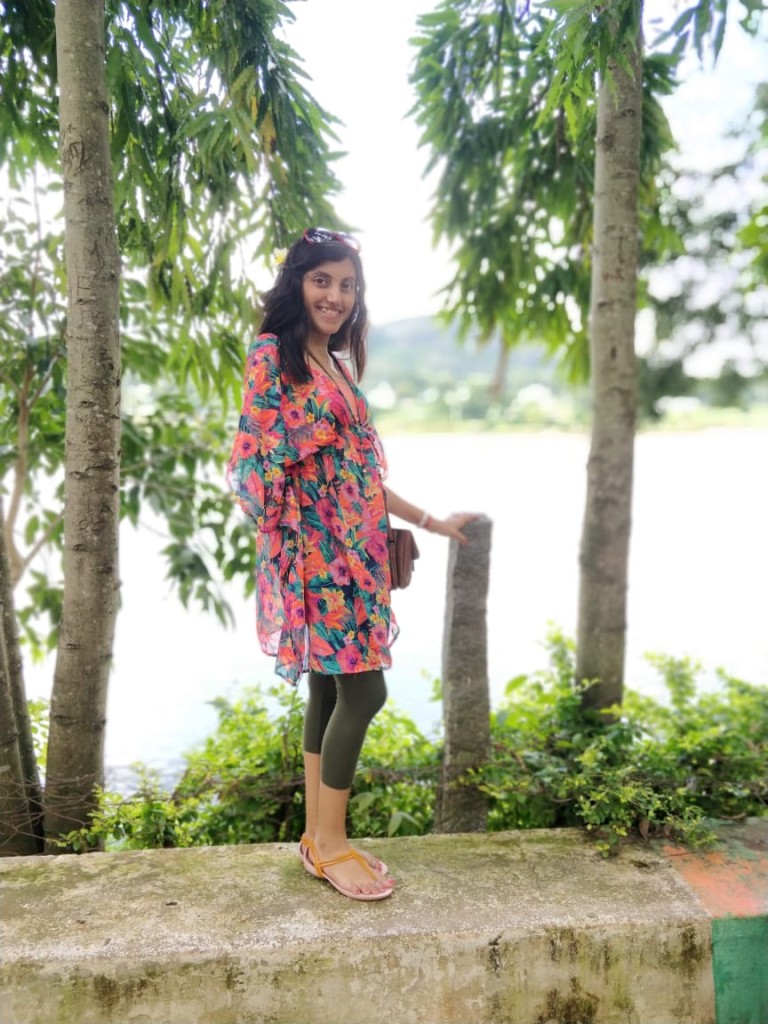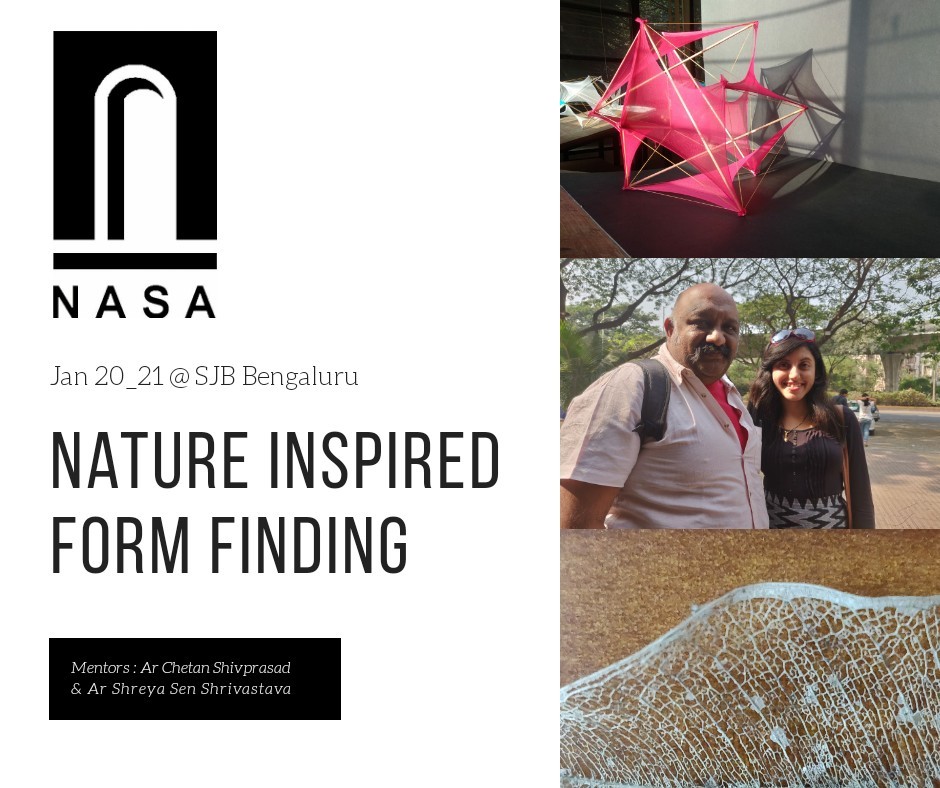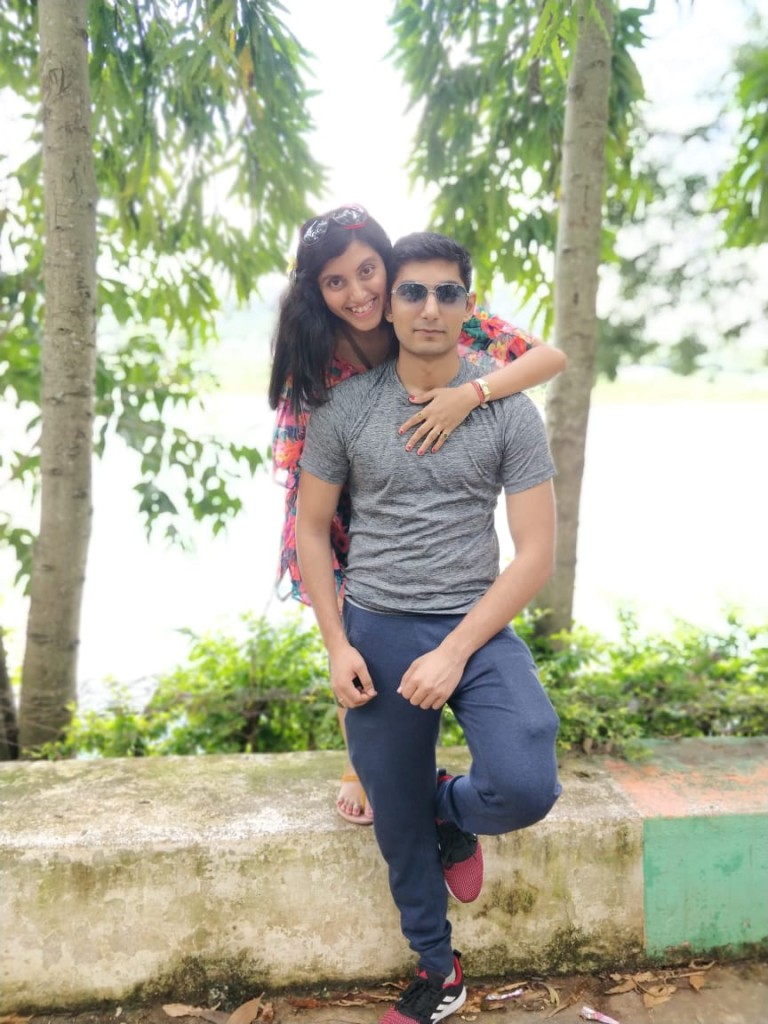“I had woken up waist deep in debris. My right hand was smashed, cut off and hanging from my body with the support of a few tendons. I couldn’t feel anything. I was numb. My life had changed.”
Shreya was all of 22 when she had a life-altering experience.
On May 28, 2010, the architecture student boarded the Jnaneswari train. She was returning to Mumbai after attending a wedding in Kolkata.
As she settled into the upper berth and drifted into sleep, she was rudely woken out of it.
At around 1:30 am, she rolled out of the berth and fell on to the footboard. Their train had derailed in Bengal’s West Midnapur district.
Shreya fell unconscious, and within minutes of the derailment, the bogie she was travelling in (with her mother and brother) was hit by a speeding goods train. It was a Naxalite attack, she was told.
“I had woken up waist deep in debris. My right hand was smashed, cut off and hanging from my body with the support of a few tendons. I couldn’t feel anything. I was numb. My life had changed.” Cries resounded as locals rushed to rescue the injured. But anyone who saw Shreya assumed she wouldn’t make it.
Many of them assumed I was going to die. But I have no complaints. The rescuers had to make split-second decisions. They had to choose who they thought had a better chance to make it out alive and act swiftly. But I was fortunate that my brother, Saurabh, was the best survivor out of the three of us.”
He ran across the spot of tragedy, requesting everyone he met to pull his sister out. Many of the locals refused due to their inherent fear of the Naxals. After all, they belonged to an area where any person who ventured into the dark could be shot point blank by illegally armed men on bikes.
But Saurabh did not give up.
Hope came in the form of an army officer who used his first aid training to convert a railway blanket into a stretcher and pulled her out, hours after she was buried under the debris.She lay on one end of the platform for the next seven hours until the rescue train arrived. Even the loco pilot of the rescue train was fearful that the Naxalites would attack them.
This seven-hour delay cost Shreya every possible chance of salvaging her mutilated arm. It had turned black and blue and was infected with gangrene.
For over a month and a half, due to continuous surgeries, she was bedridden. But unlike many patients who are thrown off by the sudden change that an amputation brings, Shreya calmly listened as the doctors told her that she would be missing the limb for the rest of her life.“They were times when I questioned what I would do as an architect without a hand. But I wasn’t ready to give up. My recovery began with the acceptance of the fact that I would lose my hand eventually. And there was no point in crying about it.”
Perhaps this is one of the reasons why a film based on the media attention she received after the accident, titled Jnaneshwari Express, in Marathi, irked her during the screening. Because it showed the protagonist thrashing, yelling and being in denial, when she is told that her arm had been amputated.
“Right from the time that I was being wheeled into the operation theatre, I had to make a choice. To either move on from everything that had happened to me or remain stuck and become a burden on the rest of my hardworking family members.”
She chose to make something out of her life.
She trained her mind to think that her left hand could do most things her right did.
She began to write with her left hand and even taught herself to draw with her foot. A skill that came in handy while she drafted her final thesis!
The cherry on the cake was the news that she had topped the Mumbai University!
Her story grabbed media attention and the help of well-wishers; she received a crowdfunded prosthetic robotic arm.
“Of course there were things that I still couldn’t do. Like, tying my hair. But I realised that there were things you could fight, while some you just had to let go. So I got my long locks chopped to a boy cut. I think it went brilliantly with the robotic arm vibe,” she laughs.
It wasn’t just her determination but also her passion for music and the love of her near and dear ones that helped her battle the odds.I still remember how gory images of the derailment kept flashing on news channels after my amputation. And while I understand that the media needs to show these images to help others determine the scale of the tragedy, they often failed to recognise that the same headlines and images on loop deepened the pain of those who barely survived the tragedy, let alone those who had family members to it.”
She recalls how she was forced to shut down the TV during this despairing time.
But her young nieces–Preetha and Priya (then, in Class 6)–cheered her up with Shakira’s sensational Waka Waka song from the 2010 FIFA World Cup.
“This was also the time I realised how powerful music was in the process of healing. Being a trained Hindustani classical singer, I started singing to self-heal. Music helped me focus my energies and work on recovering some of my abilities.”
An important step towards this was to never think of herself as a disabled person. And so, she prefers to be called a differently-abled person.
In her recent talk on ‘Disability to Ability’, she also spoke about the larger topic of universal design, a niche area in architecture which emphasises on making public spaces accessible to all.
Today, Shreya teaches budding architects, travels constantly to conduct workshops and even gives motivational talks. She adds how it takes many of her new batch of students almost a semester to realise that one of her arms is a prosthetic.
“I ensure that my facial expressions and teaching material are so strong that no one has the time to look at what my right hand cannot do,” says the architect. She will soon be hosting a workshop at the Annual NASA in New Delhi on ‘Form finding for lightweight architecture’ with Dr Chetan Shivprasad, a Bengaluru-based architect.
It was only a few months ago that this incredible woman married the love of her life in a fairy tale wedding.
“I no longer have to chop my hair. After marriage, I enjoy having long locks, as my husband volunteers to tie them for me.”
From Shreya Sen to Shreya Shrivastava, this journey has been nothing short of memorable for her.
Giving us a sneak peek into the love story, Shreya, adds how she met Prateek, as a student from IIT Roorkie. Prateek was an IITian from Madras. Both of them were among the top students from their respective IITs, who were selected for an Indo-German exchange programme for their master’s research.“And so, it was in 2013 in Germany that we first met by a twist of fate. We’ve had several ups and downs, but we have survived it all. Till date, Prateek has never asked me about the accident. To him, my past doesn’t matter. And he has been a strong pillar of support for me. On days that I would give up saying, ‘I cannot do this with one hand,’ he would figure out a simpler way to do it and help me learn it,” she smiles.
When I ask her what keeps her going, she answers, signing off, “It is the belief that my limitations do not define me. I am not disabled. The only difference is that my abilities are different from yours.”
Article Credit: Better India
